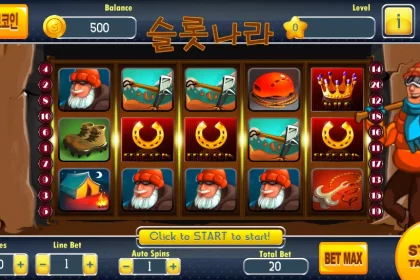A new game starts with the “come-out roll” (i.e., the first roll of a new game).گردونه شانس پول Before the come-out roll, you must decide whether you want to bet “with” the dice or “against” them. Betting with the dice means you want the come-out roll to show a 7 or 11. It also means if a point is established on the come-out, then you want the shooter to roll the point number again before rolling a 7.
Betting against the dice means you want the come-out roll to produce a 2 or 3 (a 12 on the come-out is a push). It also means if a point is established on the come-out, then you want the shooter to roll a 7 before rolling the point number. Prior to the come-out roll and the start of a new game, you bet with the dice by making a Pass Line bet, or you bet against the dice by making a Don’t Pass bet.
As we learned in my previous article, Fundamental Premise of the Game, the come-out roll can produce one of three possible outcomes: 1) The game immediately ends if a 2, 3, 7, 11, or 12 appears; or 2) If the shooter establishes a point, the game ends when the shooter rolls the point number again before rolling a 7; or 3) If the shooter establishes a point, the game ends when the shooter rolls a 7 before rolling the point number.
If you bet the Pass Line, you immediately win if the come-out roll shows a 7 or 11. You immediately lose if the come-out shows a 2, 3, or 12. The Don’t Pass bet is almost the exact opposite of the Pass Line bet. If you bet the Don’t Pass, you immediately win if the come-out shows a 2 or 3, and tie if a 12 shows. You immediately lose if the come-out shows a 7 or 11.
Regardless of whether you bet the Pass Line or Don’t Pass, if the shooter rolls a point number on the come-out (i.e., 4, 5, 6, 8, 9, or 10), the game continues and the shooter keeps rolling until she rolls either the point number again or a 7. In terms of the Pass Line and Don’t Pass, all other numbers are meaningless for that game.
If you bet the Pass Line and the shooter establishes a point on the come-out, then you win if the shooter rolls the point number again before rolling a 7; whereas, you lose if the shooter rolls a 7 before the point number. The Don’t Pass is the exact opposite. If you bet the Don’t Pass and the shooter establishes a point on the come-out, then you win if the shooter rolls a 7 before rolling the point number; whereas, you lose if the shooter rolls the point number before a 7.
The Pass Line and Don’t Pass bets are even-money bets. That means if you win, then you win the exact amount you bet. For example, if you make a $5 Pass Line or $5 Don’t Pass bet and you win, then you win $5.
Depending on the town and casino where you play, the minimum required bet can be as little as $3 or as much as $25. For example, an out-of-the-way casino in Biloxi might have a $3 minimum craps table; whereas, a swanky casino resort in the middle of the Vegas Strip might not have anything less than a $10 or even a $25 minimum table. When making a Pass Line or Don’t Pass bet, you must bet at least the table minimum. Each table has a placard that defines the table minimum and maximum bets.
The Pass Line and Don’t Pass bets are “self-service” bets, which means you make these bets yourself (i.e., you don’t need the dealer’s help). Before the come-out roll and the start of a new game, you physically place your chip(s) in the Pass Line or Don’t Pass line on the table layout directly in front of you so the dealer knows the bet is yours. If the table is crowded, make it easy for the dealer to know which bet is yours by placing your bet directly in front of where you stand at the table.




